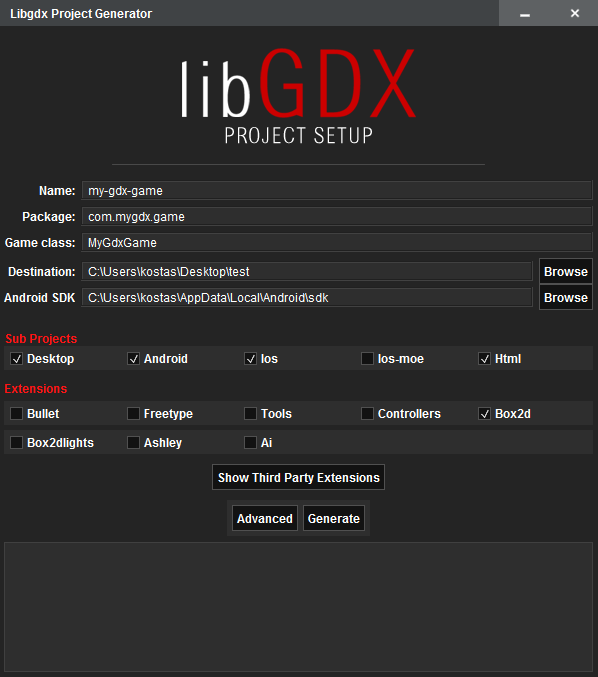
If you want to get started with IntelliJ read here. That said, everything I say is equally valid in Eclipse or IntelliJ and when there are differences, I will point them out. With the recent switch to Gradle it is much easier to get up and running in IntelliJ and I massively prefer it to Eclipse. You may notice unlike earlier tutorials I am currently using IntelliJ. Fortunately LibGDX makes it very easy to work with TMX files.įirst things first we need to copy the TMX and any/all tilemap image files used to your assets folder, like so: One of the first problems you are going to encounter is how do you create your maps? One very common solution is the Tiled Map Editor which fortunately I just completed a tutorial on! This tutorial assumes you know how to generate a TMX file, so if you haven’t be sure to go through the linked tutorial. Common examples include almost every single game from the 16Bit generation of consoles such as Zelda or MegaMan. Another much less fancy word for this style of game is “top down”. Orthogonal basically means “at a right angle to” which is a fancy way of saying the camera is looking straight at the scene. In this tutorial part we are going to look at loading orthogonal maps in LibGDX.

If you’ve never used Tiled read this first!


 0 kommentar(er)
0 kommentar(er)
